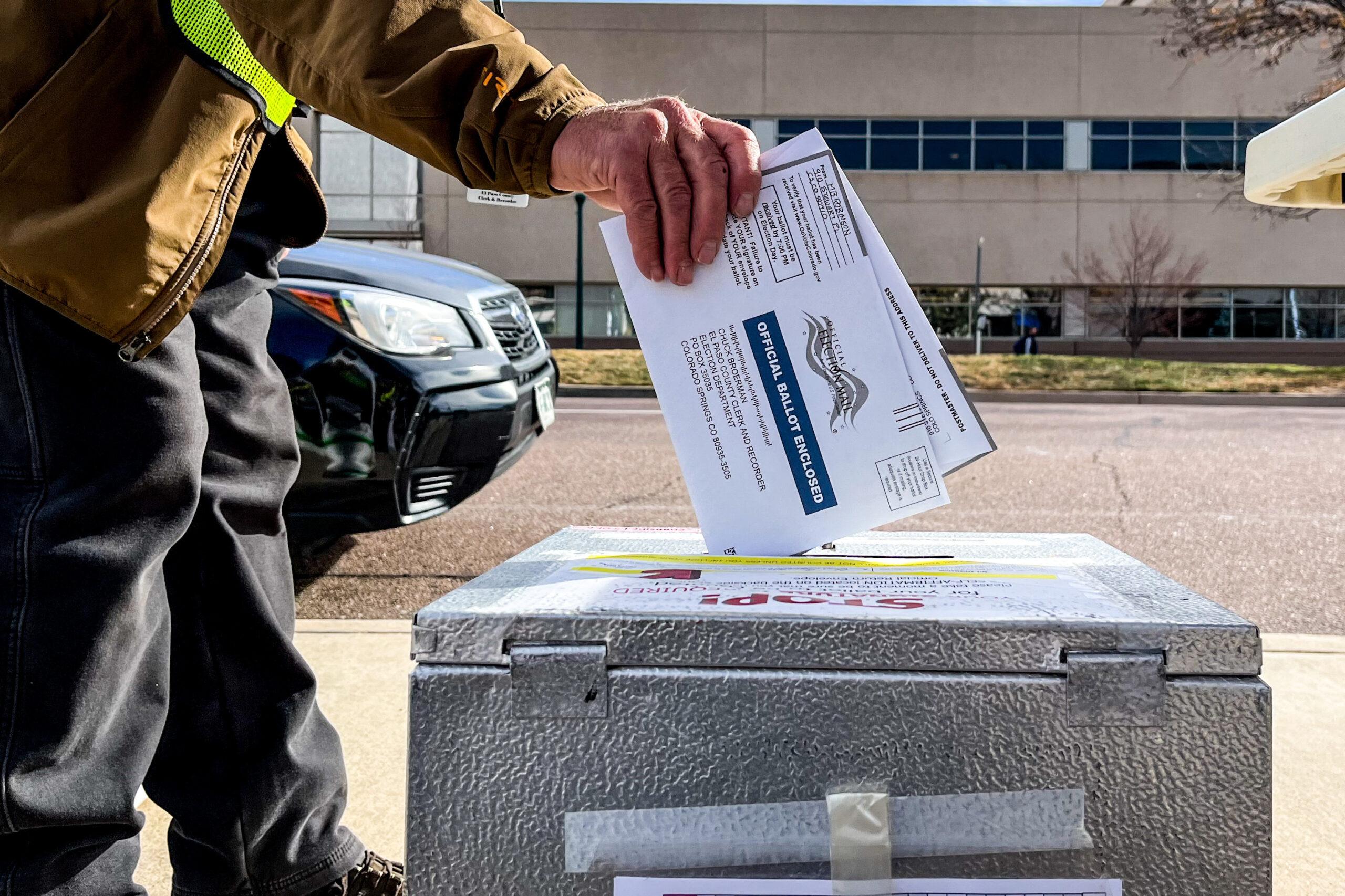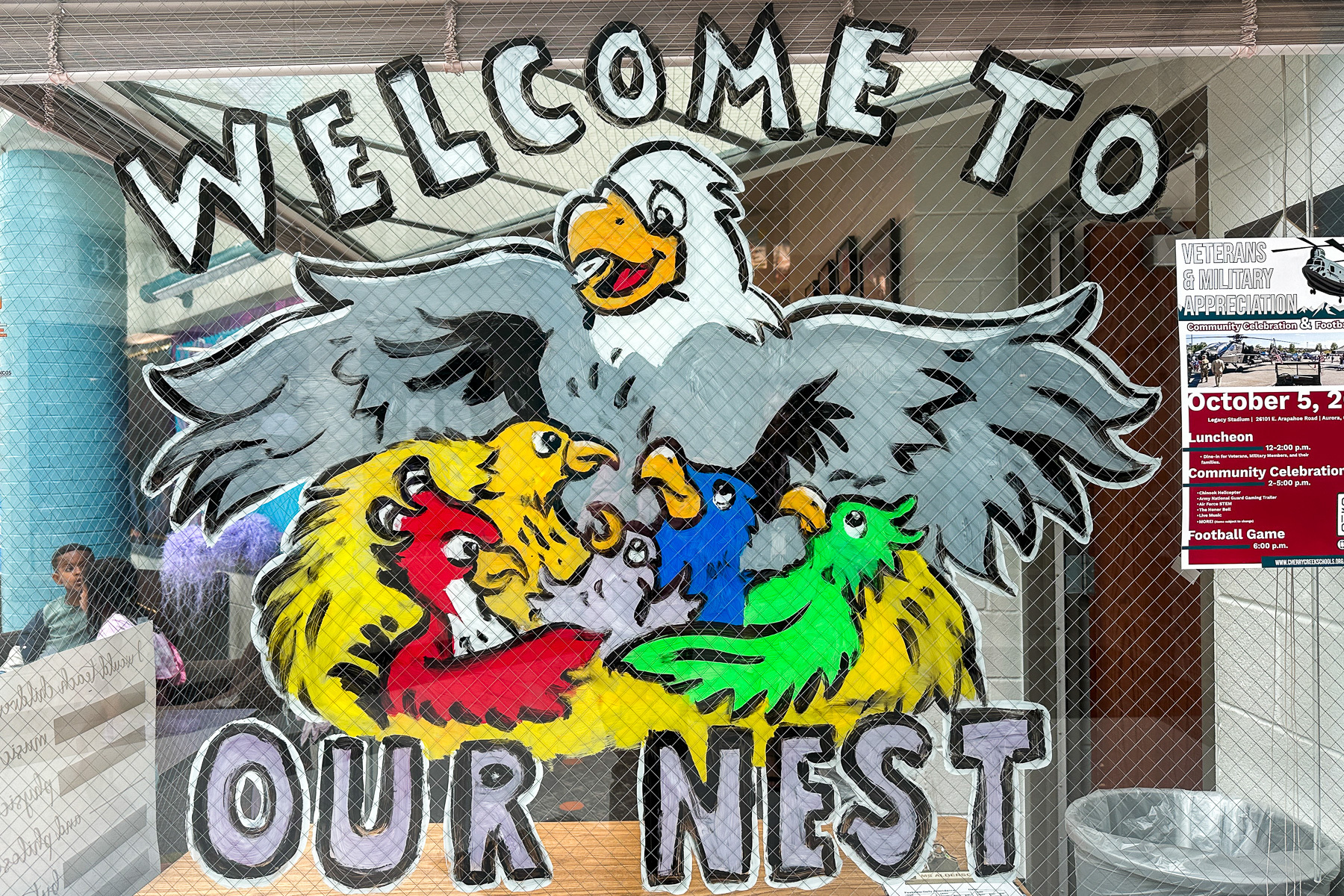
With more than 800,000 Colorado students heading back to school this month, we wanted to check in with some of the folks who will be in those classrooms: an assistant principal, a student and a teaching apprentice with her mentor.
Assistant Principal Cara LaMark
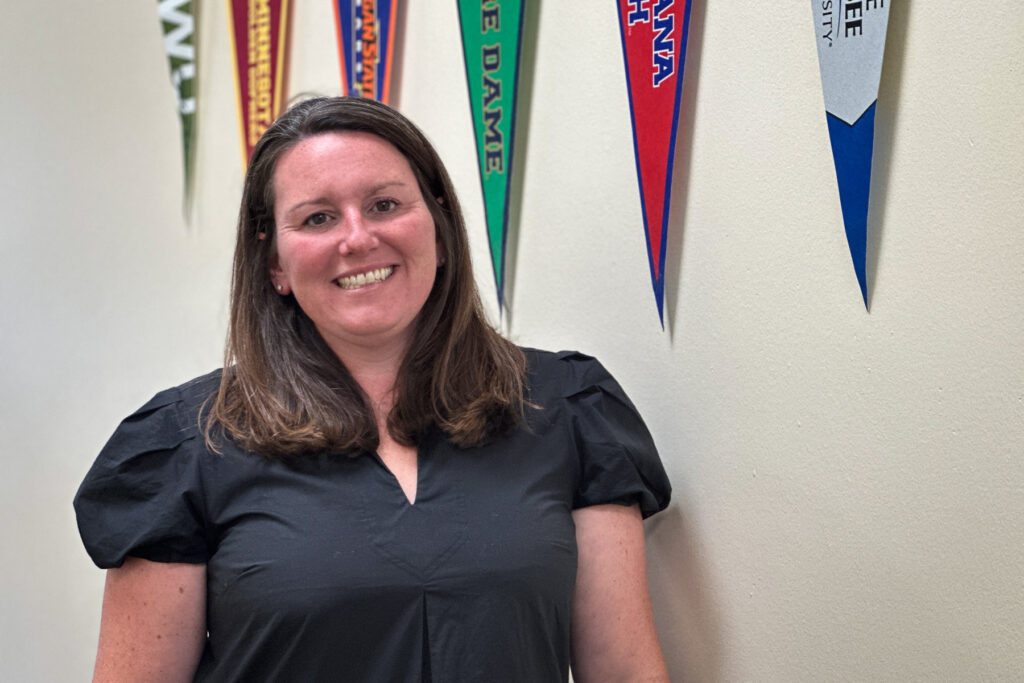
Assistant Principal Cara LaMark sometimes has the coolest shoes in Aurora Public School’s North Middle School. Today they’re orange and black Adidas Día de los Muertos shoes covered in monarch butterflies.
“I have found out over the years that working in middle school, kids love shoes.”
There is a white tag on the tongue to write a person’s name to celebrate their life. LaMark’s is blank — to celebrate every person’s life. Yesterday she was wearing red, white and blue Kyrie shoes.
"‘And kids are like, ‘Miss, I love those shoes!’ It’s just an easy way, an attention-getter that they want to then have a little chat. And so, it's a quick connection.”
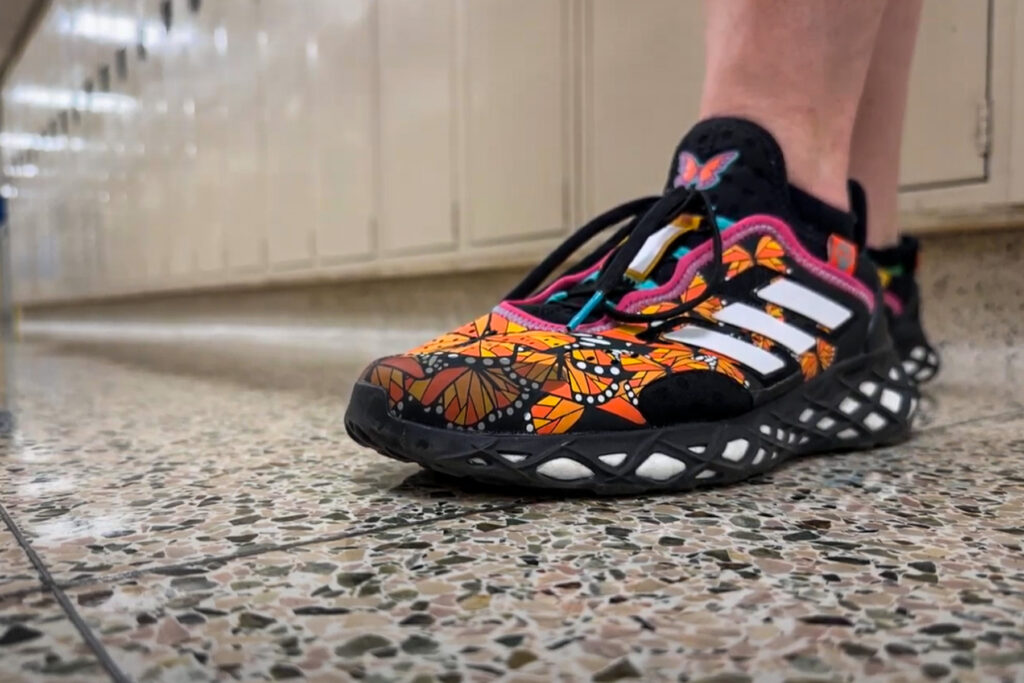
Relationships are all what it’s about for LaMark, in her seventh year at North. But she’s geared up to put into practice a number of other skills she learned through getting her principal’s license. She hadn’t thought about a leadership position but her principal encouraged her about an online program through CSU Global. She could go at her own pace and stop and start as she needed. The CSU Global principal program and another give teaching staff in most Colorado districts a nearly fifty percent discount.
“I was able to pay for that split between monthly payments ... I was able to do it without student loans, which was really great.”
The program has a track record of both Master’s teacher graduates and principal graduates staying in Colorado – 95 percent and 91 percent respectively, which is helping fill Colorado’s educator shortage.
This school year LaMark wants to put into practice several things she learned from her degree:
- Creating deeper communities of educators who meet regularly to share ideas, learn new topics and solve problems. LaMark understands data better to help teachers plan instruction.
- Working with instructional coaches to plan the best next steps to help students learn.
- Boosting the number of families at school events and assessing whether that has an impact on student performance.
- Analyzing lesson plans to see whether kids related to and absorbed them.
- Networking to spread the word and job candidates in the door.
- Launching a new school newsletter this year that’s fun and frequent. (“Our old one is kind of boring.”)
Even after all she’s learned, LaMark’s favorite thing about the job? Interacting with students.
“Even on the hardest days, there's always something to celebrate because I get an opportunity to hear about, ‘Hey Miss, I got a really good grade in social studies’ or ‘Look at my new shoes’ or ‘I loved what we had for lunch.’ There’s always some bright spot in every day.”
Keelyn, 14, entering high school
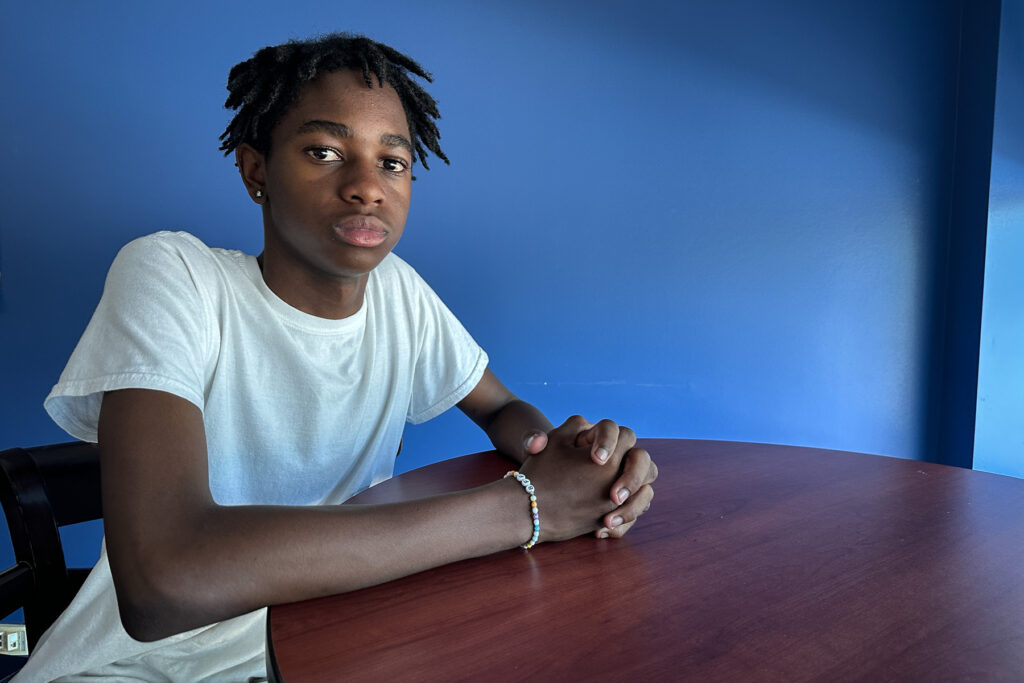
Keelyn is entering ninth grade at DSST Green Valley Ranch in Denver. A few weeks before school started, he was feeling pretty good about it.
“Kind of nervous but not really ‘cause I feel like I could just go there and do what I need to do,” he said.
After three years of middle school, Keelyn is ready to be in a different learning environment and meet new people. He hopes his teachers will be good.
Here are his qualities in a good teacher: “Good listener, has some type of fun humor, like making stuff fun and just being a support system.”
In the past, he’s felt comfortable going to certain teachers if he had something he needed to talk about. He said the hardest thing about school is the length of time he has to be sitting down and focusing.
“When you get distracted a lot in class it’s just hard to keep focus and stuff because a lot of stuff goes on ... just trying to pay attention.”
He’d like school to be more focused on things that'll help students in their lives. He said educators help them figure out what type of college to go to.
“But maybe we should learn more about what we want to do like a job or have a business.”
He said it’s hard to be on a path to something if you don’t have experience with or knowledge about what’s out there.
Keelyn, like other students, would like more life skills like learning about finance, taxes, cooking, paying rent, or just topics that are interesting.
“I feel like school should have more subjects other than just the basics that make it more interesting and to make more people want to be at school,” he said.
Sienna Karlin, an aspiring educator will teach with fourth-grade teacher Ashley Meiklejohn
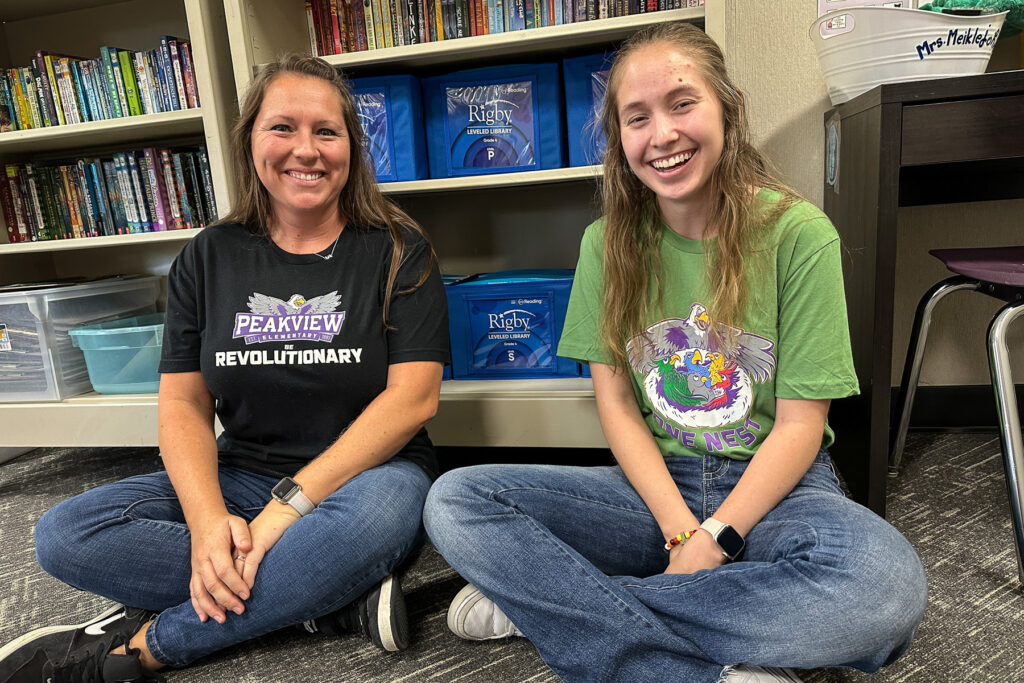
This is the way Sienna Karlin describes what she’s up to this year at Peak View Elementary in Centennial:
“It's like a medical residency, so if you've watched maybe “Grey's Anatomy,” you'll start off as an apprentice and then you'll have two years of general education classes through a college and you'll be working in the classroom.”
The final two years of her bachelor’s degree will be in the classroom as well, heavily focused on her major of elementary education. It’s part of Cherry Creek School District’s Aspiring Educator Pathway Program through the Community College of Aurora. Karlin switched to this program from another university when she learned she could get 4,000 hours of classroom experience compared to the typical 700 hours.
“It's totally different being in a classroom, actually making real-life connections versus you're taught something in the class or in a college classroom … it’s not always applicable to an actual classroom setting.”
Karlin will be in the classroom all day long, giving her insight into all the planning and background work that goes into making a successful classroom. By contrast, when her mentor fourth grade teacher Ashley Meiklejohn started teaching, she had a semester of student teaching.
“It's kind of baptism by fire,” she laughed.
Meiklejohn said having more in-classroom hours for aspiring teachers is better.
“They're going to know what they do as soon as they have their own classroom – there’s not going to be that ‘oh my gosh, what did I get myself into moment’ for them,” she said.
She said a typical bachelor’s program doesn’t leave you necessarily prepared to calm down a kid who’s upset and crying and doesn’t want to learn. Or how to encourage a parent to be more involved in their child’s education.
Meiklejohn’s goal this school year is that each one of her students feels seen, valued and heard. How did she start the year? On the first day, there was no furniture in the room. Through a planned lesson, the students created a space using furniture and supplies in a way they could do their best learning.
“So right there, they're going to have a voice and they're going to have a choice and hopefully they will see right away that, ‘oh, our teachers want to know what we want too,’ and that'll be a huge buy-in.”
Karlin, her mentee, is excited that students will benefit from having two teachers in the classroom. She will have similar responsibilities as the veteran teacher: helping with teaching, grading, and behavior management. Karlin knows she can connect to kids. This year she hopes to learn to “go with the flow” and change direction if needed.
Her choice of career is a nod to her grandfather, who she said struggled and didn’t finish high school.
“For me and my younger siblings, he's always pushed, be proactive, be a learner, always push for a good education. I feel like that's kind of part of my inspiration is to be able to give that opportunity to other kids.”






